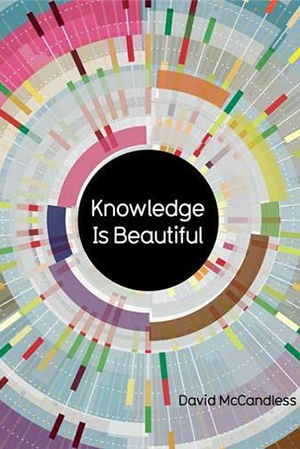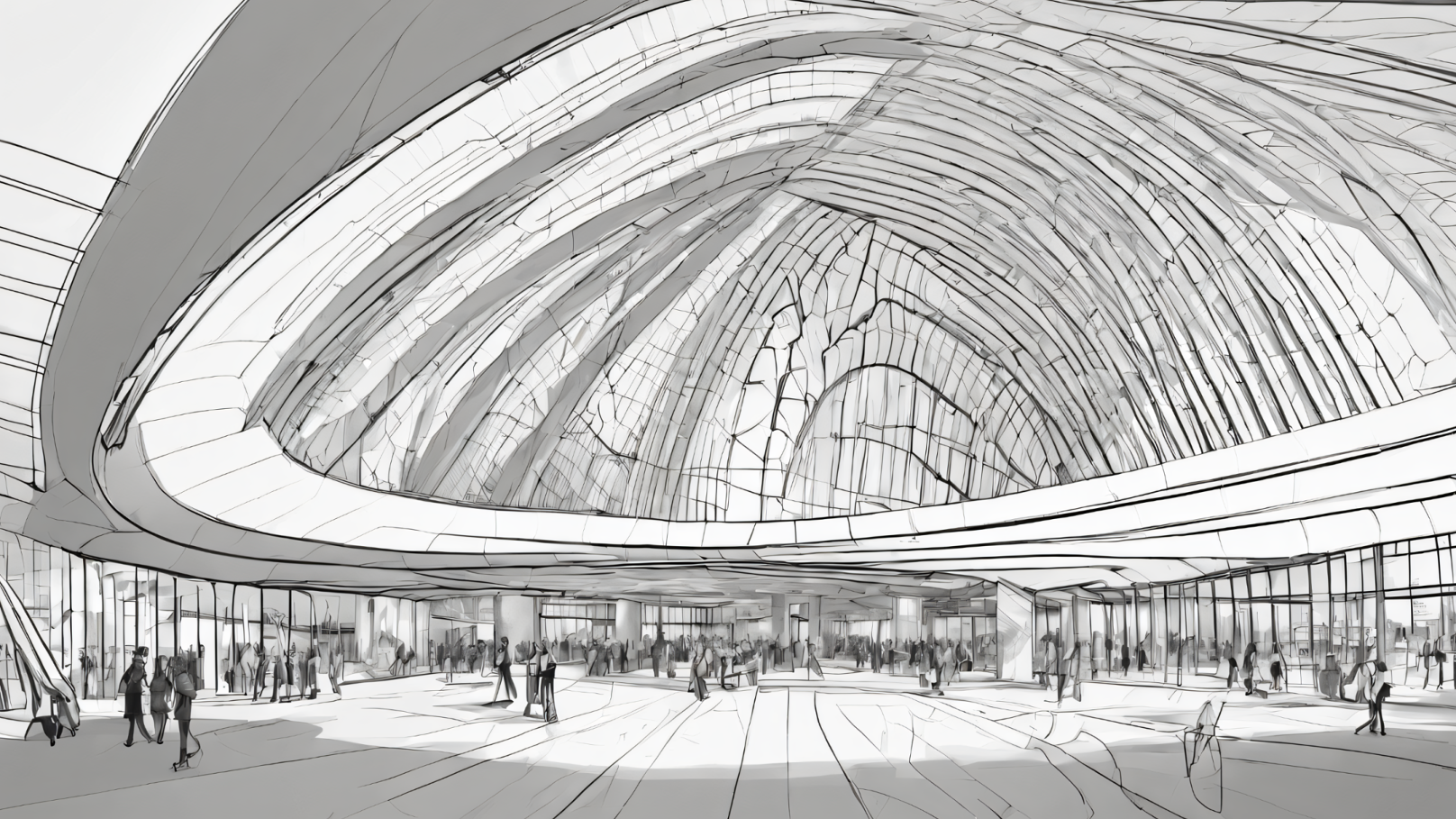
Library
Design
Edward R. Tufte
The Visual Display of Quantitative Information
The classic book on statistical graphics, charts, tables. Theory and practice in the design of data graphics, 250 illustrations of the best (and a few of the worst) statistical graphics, with detailed analysis of how to display data for precise, effective, quick analysis. Design of the high-resolution displays, small multiples. Editing and improving graphics. The data-ink ratio. Time-series, relational graphics, data maps, multivariate designs. Detection of graphical deception: design variation vs. data variation. Sources of deception. Aesthetics and data graphical displays.
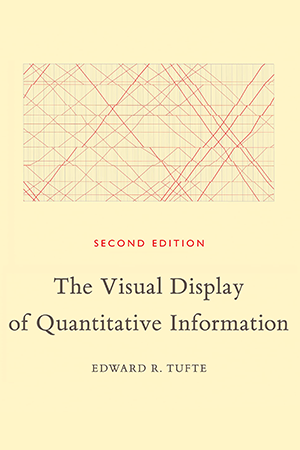
Golan Levin
Code as Creative Medium
An essential guide for teaching and learning computational art and design: exeses, assignments, interviews, and more than 170 illustrations of creative work. This book is an essential resource for art educators and practitioners who want to explore code as a creative medium, and serves as a guide for computer scientists transitioning from STEM to STEAM in their syllabi or practice. It provides a collection of classic creative coding prompts and assignments, accompanied by annotated examples of both classic and contemporary projects, and more than 170 illustrations of creative work, and features a set of interviews with leading educators. Picking up where standard programming guides leave off, the authors highlight alternative programming pedagogies suitable for the art- and design-oriented classroom, including teaching approaches, resources, and community support structures.
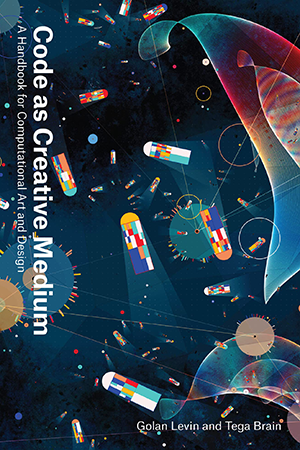
Edward Tufte
Seeing with Fresh Eyes
Introduction: The Thinking Eye 4. 1 Meaning And Space: See With Fresh Eyes, Question Everything, Remodel Conventional Models 6. 2 Content-Responsive Space: Typography, Redesigning Sentences, Paragraphs, Labels 49. 3 Graphical Sentences: Nouns And Verbs, Structure And Function 64. 4 Data Analysis When Truth Matters: On The Relationship Between Evidence And Conclusions. Remodeling Statistical Practice And Teaching 81. 5 Annotations: Explanatory Words, Numbers, Graphics, Images, Organized By Content-Responsive Local Grids. Is Thinking Just Annotating The World? 121. 6 Instructions At Point Of Need 131. 7 Lists: Theory And Practice 141. 8 Smarter And Shorter Meetings: Remodeling Nonfiction Presentations 150. 9 A Visual Index, A Quilt Of Sources And Images: Remodeling The Back-Matter In Books 162.
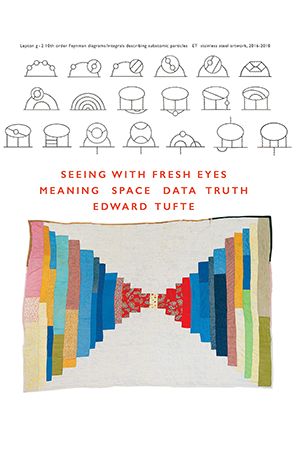
Bon Ku
Health Design Thinking, second edition
A practice-based guide to applying the principles of human-centered design to real-world health challenges; updated and expanded with post–COVID-19 innovations. This book offers a practice-based guide to applying the principles of human-centered design to real-world health challenges that range from drug packaging to breast cancer detection. Written by pioneers in the field—Bon Ku, a physician leader in innovative health design, and Ellen Lupton, an award-winning graphic designer—the book outlines the fundamentals of design thinking and highlights important products, prototypes, and research in health design. This revised and expanded edition describes innovations developed in response to the COVID-19 crisis, including an intensive care unit in a shipping container, a rolling cart with intubation equipment, and a mask brace that gives a surgical mask a tighter seal. The book explores the special overlap of health care and the creative process, describing the development of such products and services as a credit card–sized device that allows patients to generate their own electrocardiograms; a mask designed to be worn with a hijab; improved emergency room signage; and a map of racial disparities and COVID-19. It will be an essential volume for health care providers, educators, patients, and designers who seek to create better experiences and improved health outcomes for individuals and communities.
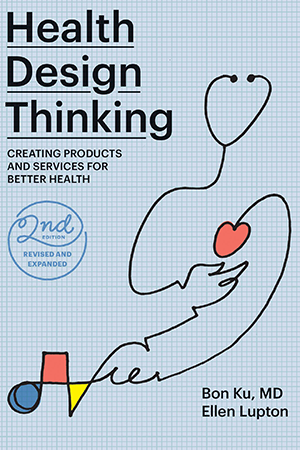
Anthony Dunne
Speculative Everything
How to use design as a tool to create not only things but ideas, to speculate about possible futures. Today designers often focus on making technology easy to use, sexy, and consumable. In Speculative Everything, Anthony Dunne and Fiona Raby propose a kind of design that is used as a tool to create not only things but ideas. For them, design is a means of speculating about how things could be—to imagine possible futures. This is not the usual sort of predicting or forecasting, spotting trends and extrapolating; these kinds of predictions have been proven wrong, again and again. Instead, Dunne and Raby pose “what if” questions that are intended to open debate and discussion about the kind of future people want (and do not want). Speculative Everything offers a tour through an emerging cultural landscape of design ideas, ideals, and approaches. Dunne and Raby cite examples from their own design and teaching and from other projects from fine art, design, architecture, cinema, and photography. They also draw on futurology, political theory, the philosophy of technology, and literary fiction. They show us, for example, ideas for a solar kitchen restaurant; a flypaper robotic clock; a menstruation machine; a cloud-seeding truck; a phantom-limb sensation recorder; and devices for food foraging that use the tools of synthetic biology. Dunne and Raby contend that if we speculate more—about everything—reality will become more malleable. The ideas freed by speculative design increase the odds of achieving desirable futures.
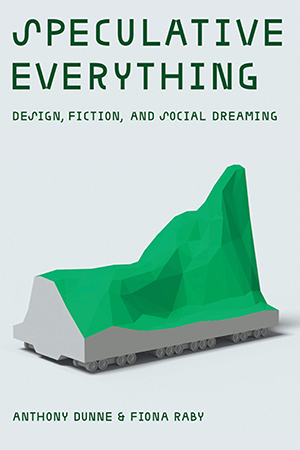
Antonis Antoniou
Decoding Manhattan
Mysteries and folkways of New York City revealed in an entertaining collection of graphic art The life and legend of New York City, from the size of its skyscrapers to the ways of its inhabitants, is vividly captured in this lively collection of more than 250 maps, cross sections, flowcharts, tables, board games, cartoons and infographics, and other unique diagrams spanning 150 years. Superstars such as Saul Steinberg, Maira Kalman, Christoph Niemann, Roz Chast, and Milton Glaser butt up against the unsung heroes of the popular press in a book that is made not only for lovers of New York but also for anyone who enjoys or works with information design.
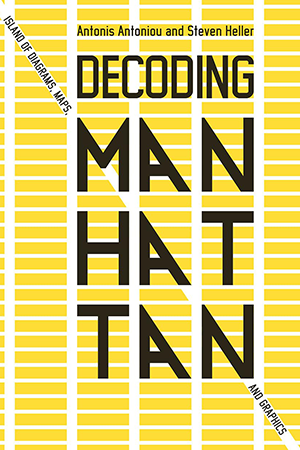
David McCandless
Knowledge Is Beautiful
In this sequel to the bestselling book The Visual Miscellaneum, author David McCandless uses stunning and unique visuals to reveal unexpected insights into how the world really works. Every day, every hour, every minute we are bombarded with information, from television, from newspapers, from the Internet, we’re steeped in it. We need a way to relate to it. Enter David McCandless and his stunning infographics, simple, elegant ways to interact with information too complex or abstract to grasp any way but visually. McCandless creates visually stunning displays that blend the facts with their connections, contexts, and relationships, making information meaningful, entertaining, and beautiful. And his genius is as much in finding fresh ways to provocatively combine datasets as it is in finding new ways to show the results. Knowledge is Beautiful is a fascinating spin through the world of visualized data, all of it bearing the hallmark of David McCandless’s boundary-breaking, signature style. The captivating follow-up to the bestseller The Visual Miscellaneum, Knowledge is Beautiful offers a deeper, more ranging look at the world and its history, with more connectivity between the pages, a greater exploration of causes and consequences, and a more inclusive global outlook. With a portion of its content crowd-sourced from McCandless’s international following,
